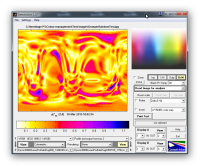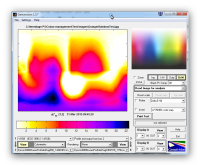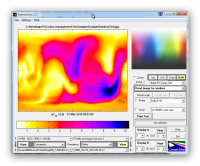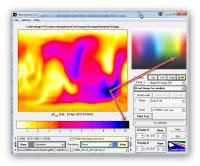nrdlnd
Fan of Printing
- Joined
- Jan 19, 2015
- Messages
- 74
- Reaction score
- 31
- Points
- 63
- Printer Model
- Epson Stylus Pro 3880
Yes, they are very similar. I cannot see any significant difference in Gamutvision.
This method, although only a simulation, is more sensitive than comparing two prints side by side where differences of a fwe delatE may not be noticed. And of course it is very quick and very low cost!
I think this way: Of course it's interesting to be able to toogle between different profiles in a softproof (and see if there is any difference). But if I have analyzed a profile in Gamutvision and I can see that this is a good profile. Then I can use it. I can use softproofing as a help. I think it's still not possible to rely on the softproof. The screen may be in another color space and then when I softproof using the profile for a matte paper it will look soft and without contrast. The print can give quite another impression. It can look more contrasty (more 'graphic') as it has a more limited dynamic range. Most of the time I want to print my pictures on papers that give a wide dynamic range (like Canson Baryta Photographique or Canson Platinum Fibre Rag). The pictures I'm working with now I want to give another impression, and then the softproof will only give an indication of what the result will be.
Per




